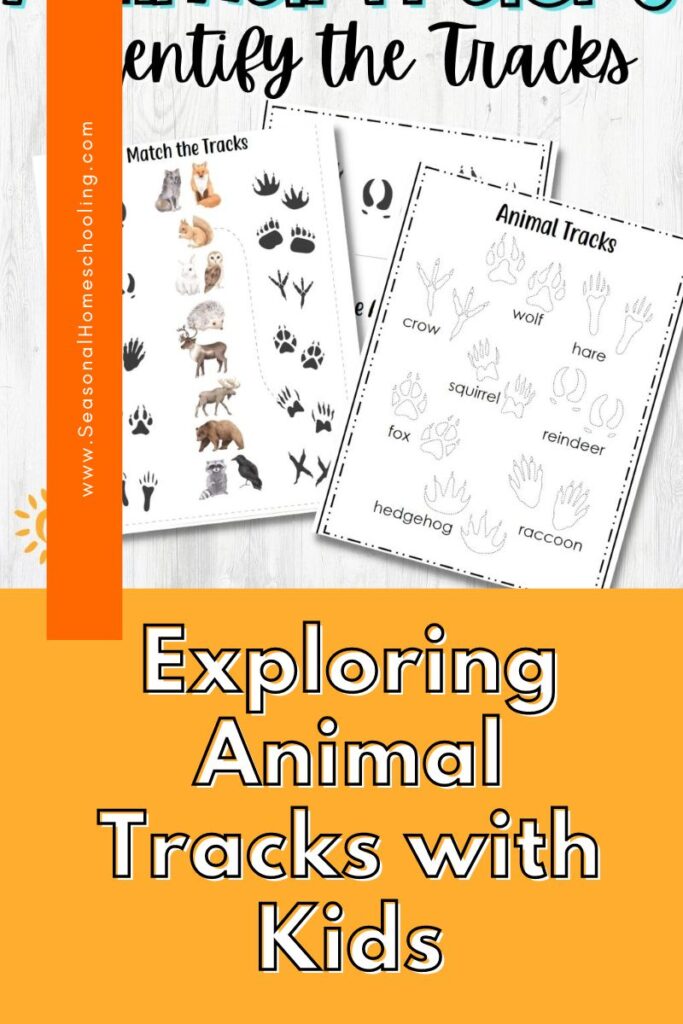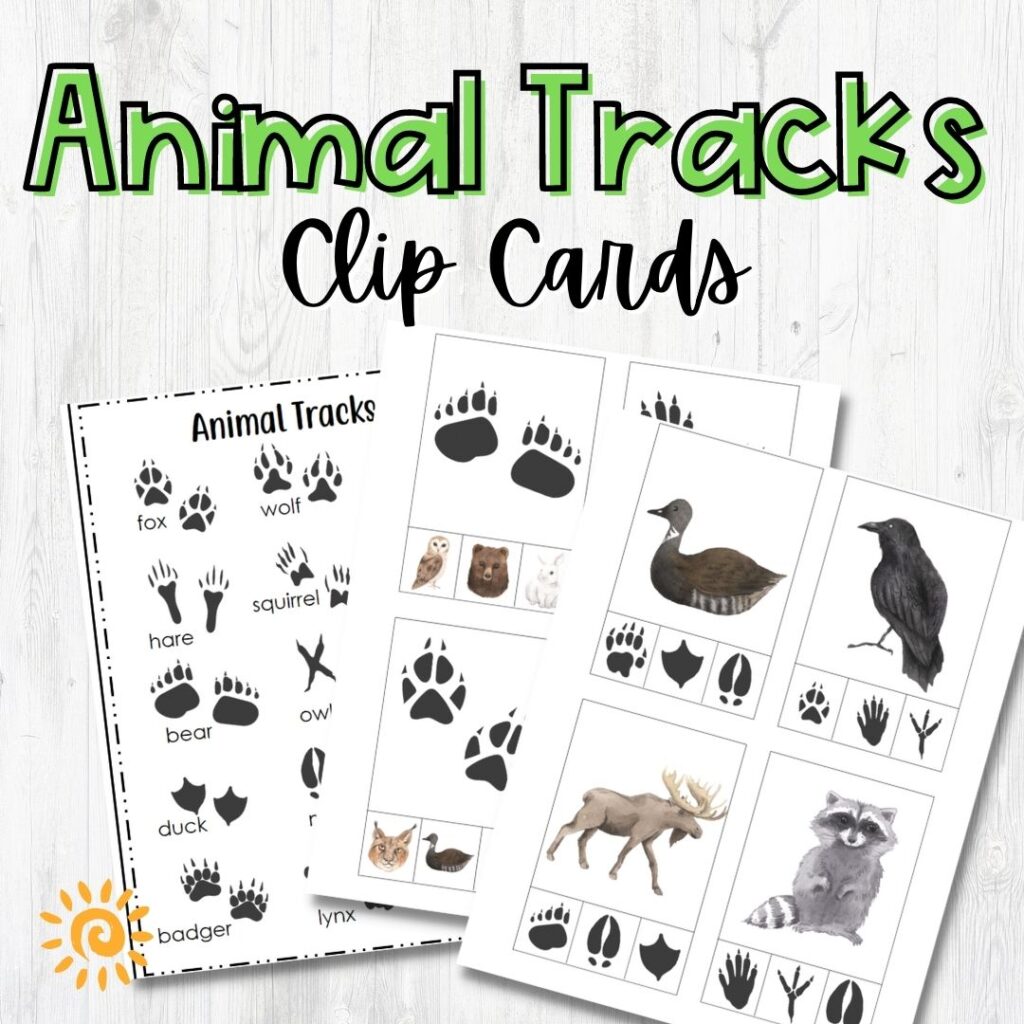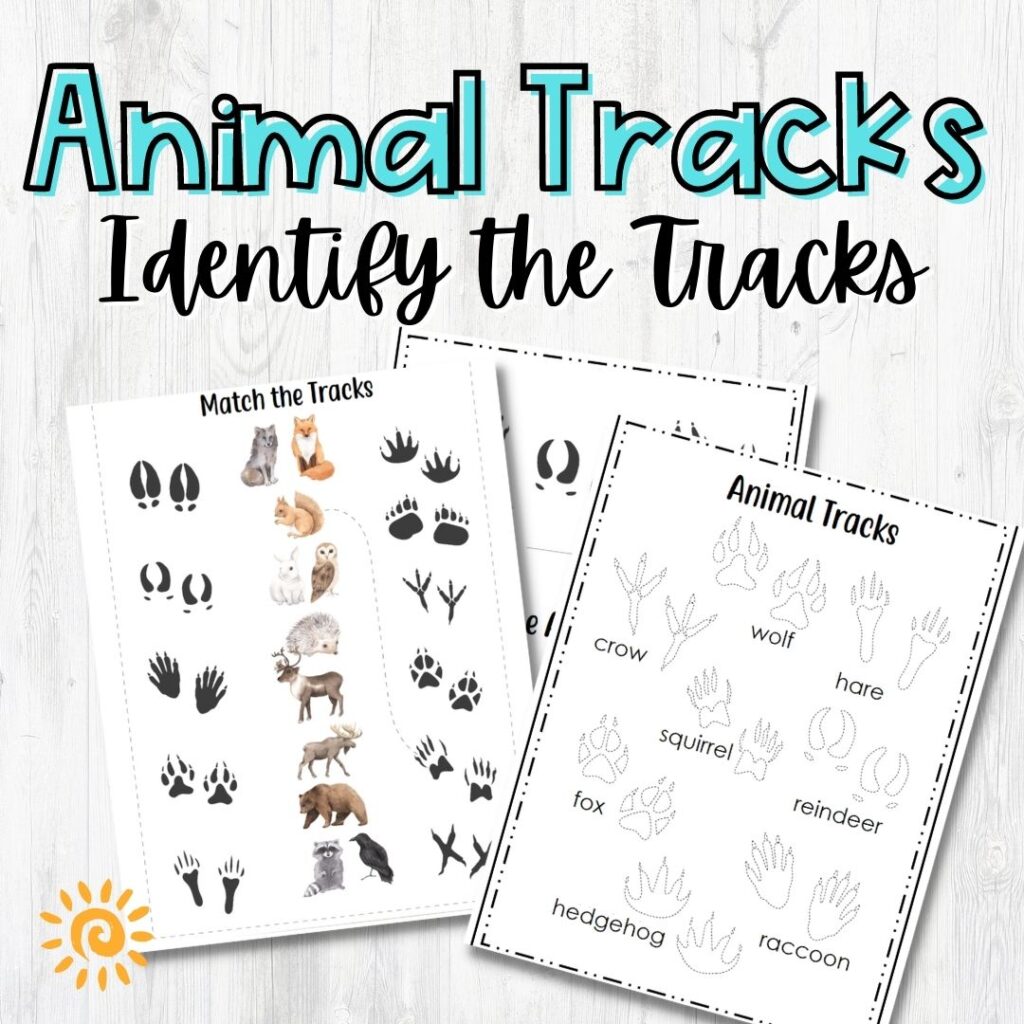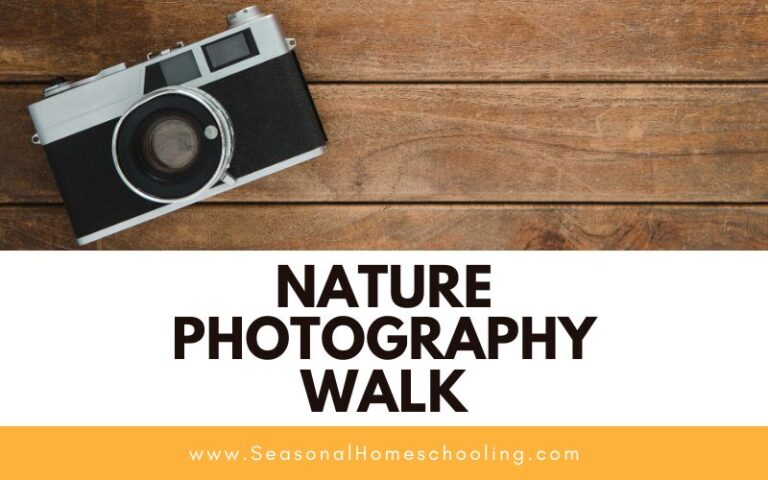Let’s Go Tracking! Exploring Animal Tracks with Kids
You can also mention why learning about animal tracks is important for kids, such as understanding animal behavior, identifying different species, and appreciating nature. These printables are great for learning alongside your kids.

This post contains affiliate links, see my disclosure policy for more information.
Exploring Animal Tracks with Kids
By learning the basics of tracking animals, kids can gain a better understanding of the natural world and the wildlife that inhabits it. These activities can also help children develop a sense of responsibility for the environment and its creatures.
By following the tracks left behind by animals, children can gain an appreciation for the diverse and unique habitats that make up our planet.
Our Animal Track Activities
Do your kids love animals and spending time outdoors? Our animal tracks printable is the perfect activity for them! This printable features tracks from common North American wildlife, including bears, deer, raccoons, and more.
By using this printable, kids can learn to identify animal tracks and understand animal behavior in their own backyard.
There are currently 3 sets of animal track activities available individually, but you can also save a couple of bucks when you buy the bundle.
Clip Cards
Enjoy these Animal Tracks Clip Cards for learning more about the animal tracks you see outside.
What do you get?
- 1 poster with labeled animal tracks
- 15 cards to match the track to the animal
- 15 cards to match the animal to the tracks

Flash Cards
Enjoy these Animal Flash Cards with your young learners.
What do you get?
- 2 pages to write the animal names
- 15 flashcards with names of animals
- 15 flashcards to match the name to the animal
Coloring Pages, Posters, and More!
Enjoy these Animal Tracks – Identify the Tracks with your young learners. These are great for learning more about the animal tracks you see when you are out for a nature walk.
What do you get?
- 2 animal track coloring pages
- 3 label the tracks pages
- 2 pages for drawing a line from the animal to their tracks
- and more!

How to Use the Printable
This set of animal track printables can be used for your younger learners, and for older kids too. Grab some books from the library or Amazon to use with them to learn more about the animals in your area.
We love looking for animal tracks on our nature walks. We can easily see deer and coyote tracks on any walk we take around our house.
Print off the poster and tuck it into a pocket so that you can identify the tracks you see right away instead of trying to remember what they looked like when you get home.
Benefits of Learning About Animal Tracks
Learning about animal tracks is not only a fun activity for kids, but it also has real-world benefits. By observing animal tracks, kids can improve their observation and deduction skills, and develop a deeper appreciation for nature. Additionally, knowing how to identify animal tracks can be useful in situations like camping trips or hikes, where it may be important to know what kind of wildlife is in the area.
So why not print out our animal tracks printable today and start exploring the great outdoors? Your kids will love learning about the wildlife in their own backyard, and you may even discover some new animal friends along the way!






